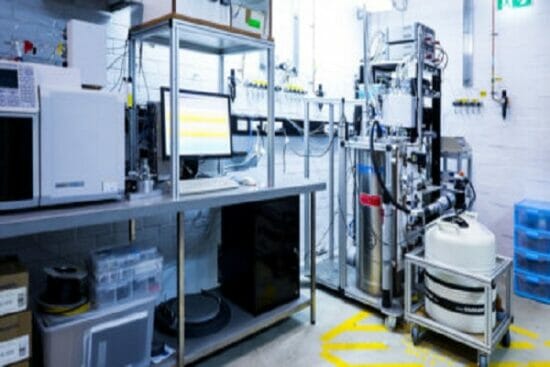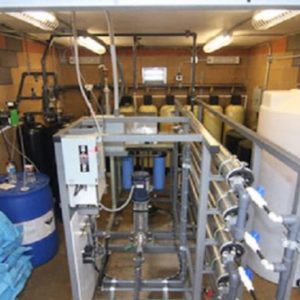- Home
- Product
- E - 1999 What every energy engineer needs to know about Thermodynamics and Liquefication Systems Part (1 of 3)
E – 1999 What every energy engineer needs to know about Thermodynamics and Liquefication Systems Part (1 of 3)
$150.00
The focus of this learning will be on the application of thermodynamics to understand liquefaction processes. A major part of this learning will be the analysis of an open expansion natural gas liquefaction plant process which applies all the learnings of this course.
This learning is given in 3 parts.
- Part 1 is based on understanding thermodynamic concepts and the use of pressure enthalpy charts.
- Part 2 builds onto part 1 but uses thermodynamic software instead of pressure enthalpy charts for analysis and goes into additional depth.
- Part 3 builds on parts 1 and 2 to apply thermodynamics to understand air conditioning and refrigeration systems from ¼ hp size units to 300,000 hp size units.
This Part 1 course introduces the learner to natural gas’s origins and the production of Liquefied Natural Gas (LNG). LNG is widely used around the world. It is a very compact form of natural gas in liquid form. It is used on very cold days to supplement gas coming from the interstate pipelines to supply gas load centers like New York, Boston, and other major load areas. Natural gas (which is essentially the same as vaporized LNG) is the cleanest burning fossil fuel as it contains the least amount of carbon of all the fossil fuels. Thus, many electric power plants now use natural gas or are converting from dirtier fossil fuels to the use of natural gas or vaporized LNG.
 E - 1118 Air Pollution Control - Carbon Adsorption for VOCs
1 × $75.00
E - 1118 Air Pollution Control - Carbon Adsorption for VOCs
1 × $75.00  E - 1103 Hydraulic Design of Storm Sewers with Excel
1 × $100.00
E - 1103 Hydraulic Design of Storm Sewers with Excel
1 × $100.00 

 E - 1118 Air Pollution Control - Carbon Adsorption for VOCs
E - 1118 Air Pollution Control - Carbon Adsorption for VOCs  E - 1103 Hydraulic Design of Storm Sewers with Excel
E - 1103 Hydraulic Design of Storm Sewers with Excel 



